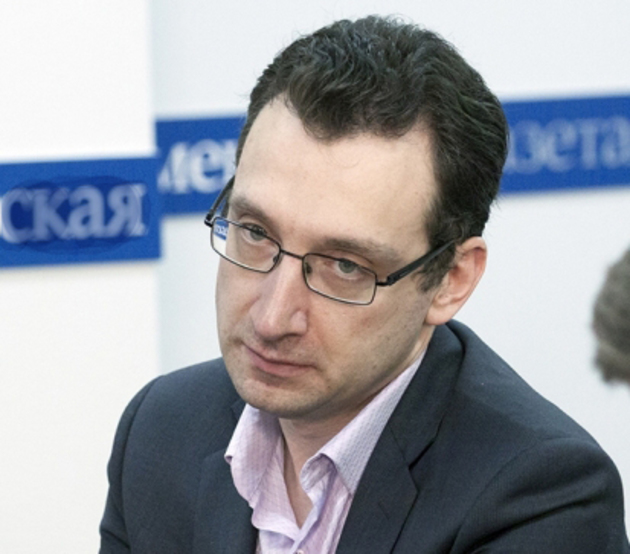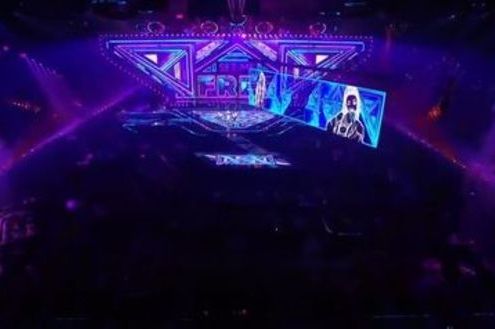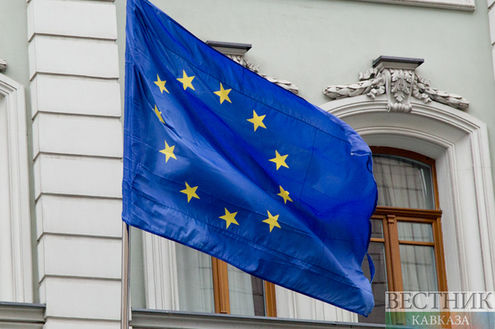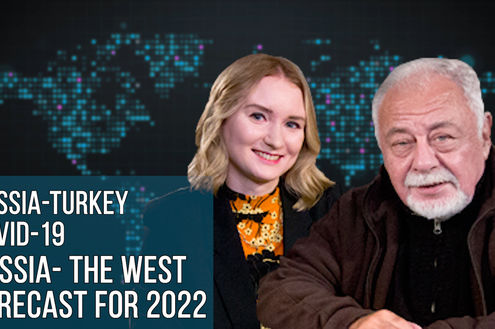By Vestnik Kavkaza
Canada is providing the Kiev authorities with military aid. According to RIA Novosti, Kiev has already received 32 tons of ammunition and also got a loan from a Canadian export agency for 200 million CDN. It is intended to encourage normalization of the situation in Ukraine; however, it often leads to escalations of tension. According to the UN, 4300 peaceful citizens have been killed in the conflict, about 10,000 people have been injured.
Alexander Gushchin, an associate professor of post-Soviet countries studies of the RSUH, believes there are three possible scenarios of development of the situation in Ukraine.
The first scenario of deep freezing
“According to the scenario, the Donetsk and Lugansk People’s Republics stay as unrecognized states for a long period. Russia and the West start a long and serious struggle over their status, over discussion of the non-aligned status of Ukraine.
Today the term “frozen conflict” is broadly used; but there could be various levels of freezing, and we can see it in the post-Soviet space through the example of other unrecognized states. For example, the levels of freezing in Transdniestria and Nagorno-Karabakh are different. And their mechanisms of settlement have common features and differences.”
The second scenario of compromise
There are signs of points of contact between the competing sides, which cannot approach their positions under preservation of the DPR and LPR as broad autonomies inside Ukraine and discussion of the non-aligned status of Ukraine between all interested sides.
The third scenario of confrontation
It is divided into several negative sub-scenarios.
The first sub-scenario requires a military settlement of the problem of the DPR and LPR, where field commanders could come to power; and this would cause social chaos in the self-declared entities.
The second sub-scenario is a variant of Serbian Krajina, where the Croats quickly enabled the elimination of the self-declared Serbian state. However, considering the role of Russia, this variant is doubtful.
The third sub-scenario requires further successes by the militants, their advances toward the Zaporozhye, Dnepropetrovsk Regions, at least the reconstruction of the self-declared republics within the limits of the Donetsk and Lugansk Regions before the conflict.
However, Gushchin says the situation in Ukraine is more complicated: “They say that the Kiev authorities are an instrument in Washington's hands, but of course this is a simplification… In all these scenarios we should consider the internal political situation. The tendencies of the 1990s continue in Ukraine. The Ukrainian political system cannot shift to some European values in a year. And the recent events on the formation of the coalition show that the Ukrainian political system is not ready for the challenges which it is facing.”






